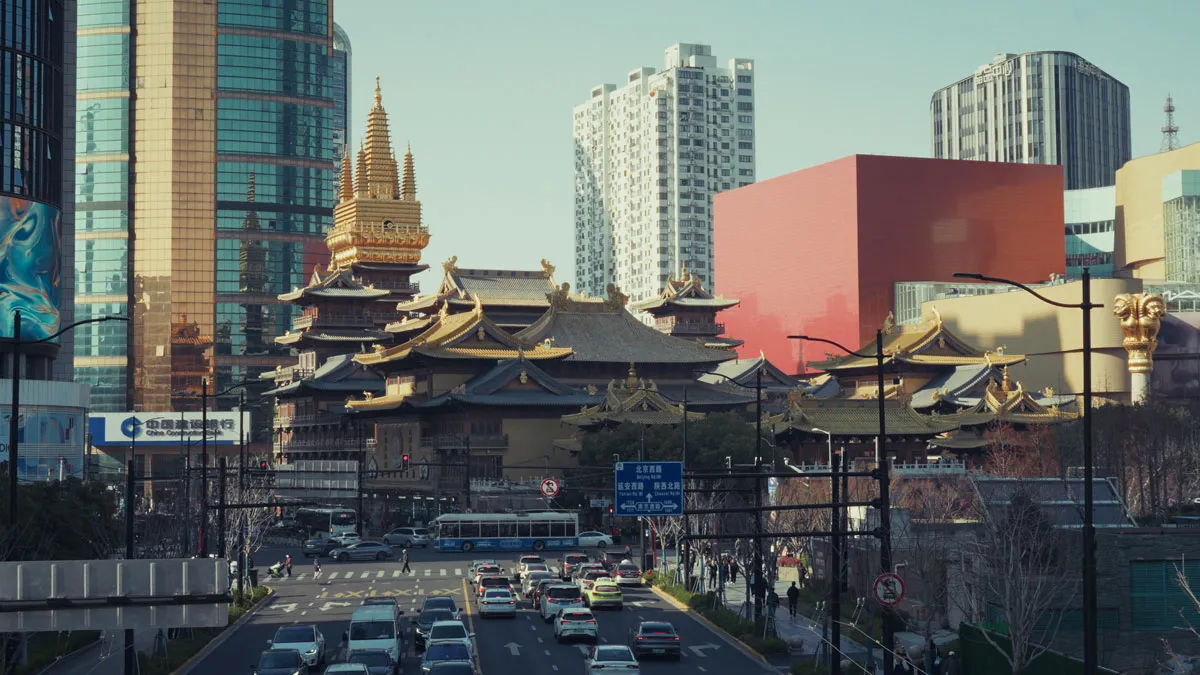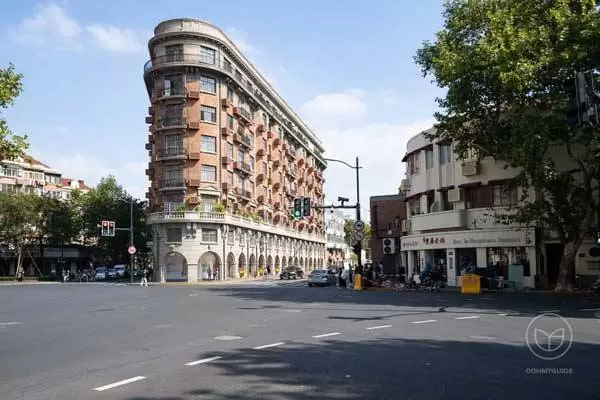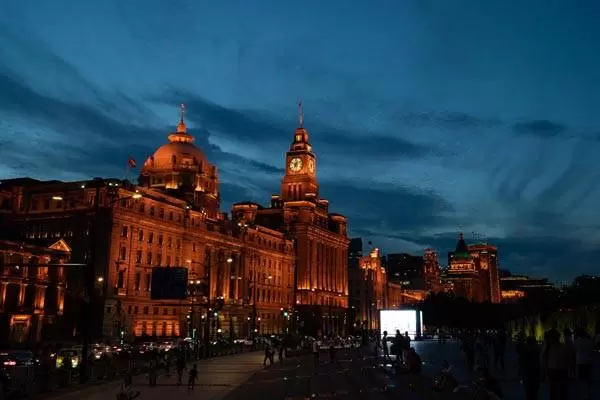No trip to Shanghai is complete without a visit to the famous Yu Garden. Today a visit to Yu Garden and its surrounding sights is known for its restaurants, architecture, trinkets for sale, and general feast for the senses, however it has a long and complex history. By taking a look at its past, visitors may have a better sense of appreciation for the quirky and unique Yu Garden Shanghai.
Yu Garden is one of the best and oldest of the five classical gardens of Shanghai that represents the brilliant art and design techniques in garden construction surviving from ancient China. It is credited with displaying abundant evidence of China’s prominent heritage and rich culture.
The garden is located in the northeast part of the old city, situated next to Gucheng Park 古城公园, and adjoining Yuyuan Bazaar 豫园商城 and the City God Temple 城隍庙.
The construction of Yu Garden was initiated in 1559 by Pan Yun Duan 潘允端 who was a local government official at the time of the Ming Dynasty, years after the completion of the old city's fortification (1553). Zhang Nan Yang 张南阳, a renowned landscape architect at the time, was commissioned to undertake the project. Zhang exerted himself with remarkable design and worked tirelessly on the project. His effort paid off, as now the garden is known throughout the world as being not only a beautiful garden, but also a timeless piece of art. The garden was named "Yu Garden 豫园" with the wish of well-being to all of the Pan family members, covering 5.9 acres on the west side of the City God temple.
However, the sheer size of the garden made it very costly to maintain, and it gradually became a heavy burden on the Pan family, which may have been one of the factors leading to the fall of the prominent family. After Pan Yun Duan's death in 1601, the garden became ill-maintained, and was eventually abandoned altogether. In the following decades, it underwent a change in ownership several times, laying in disarray for more than hundred years.
In the year 1709, prior to the turning point of Yu Garden, there was a small plot of land (about 0.39 acres) on the right side of the City God temple, which was bought by some local socialites and used to build a garden on next to the temple, to facilitate worship-relating activities. It was named "Ling Yuan 灵苑" or "the Eastern Garden" to match its sister on the west side - the Yu Garden.
By 1760, with the growing demand by locals for opening up more space to facilitate leisure and recreational activities, some locals considered raising money to help revive and renovate Yu Garden, to restore the garden's original landscape and provide more space for cultural activities. The pace of the renovation was extremely slow, and took 24 years to complete. However, it was worth the wait, as most of the garden's original landscape was restored to its original beauty. In addition, a couple of brilliant new halls and pavilions were added.
The renovation was a rebirth for Yu Garden. Since then, it has served as a public garden attached to the temple. Visitors were allowed in freely and participated in worship-related events and activities just like they did in the Eastern Garden.
After a peaceful period of 60 years, the devastation of the First Opium War in 1842 came crashing down onto the city of Shanghai, shattering a period of tranquility.
The incessant warfare and civil conflicts heavily damaged the heritage of Yu Garden, the rockery was torn down, the pond was filled in, the halls and pavilions were both damaged to different extents. Furthermore devastation took place, starting in 1870, when local businesses and enterprises started to set up storefronts and offices in and around the garden. This further damaged the garden's land and contributed to the deterioration of the garden's landscape.
It was the administration of the People's Republic of China that initiated a program dedicated to renovating heritage sites nationwide. In order to protect the nation's cultural treasures, Yu Garden and its adjoining Eastern Garden were both on the list.
In 1956, a substantial renovation project was launched with the expectation of restoring the garden's original charm. With the great efforts and devotion of specialists and the renovation team, the project eventually brought remarkable achievements, which revived the artistic expression of classical garden design prevailing between the Ming and Qing Dynasties.
It is because of the hard work and dedication of hundreds of people across centuries that visitors are able to enjoy a piece of serenity within the chaos of the city. Yu Garden Shanghai offers much needed tranquility and nature to all who enter, and is a must-see piece of Shanghai’s history.







